Toe Fracture Services
Orthotics Plus provides acute fracture support for people in Melbourne.
Treatment of toe fractures vary depending on where the fracture is located, which toe is affected, and if there is any joint involvement. For children in particular, a toe fracture can also involve the growth plates in the foot.
Orthotics Plus services are delivered throughout multiple clinics in Melbourne. All people are welcome to contact us, we work with adult and paediatric patients.
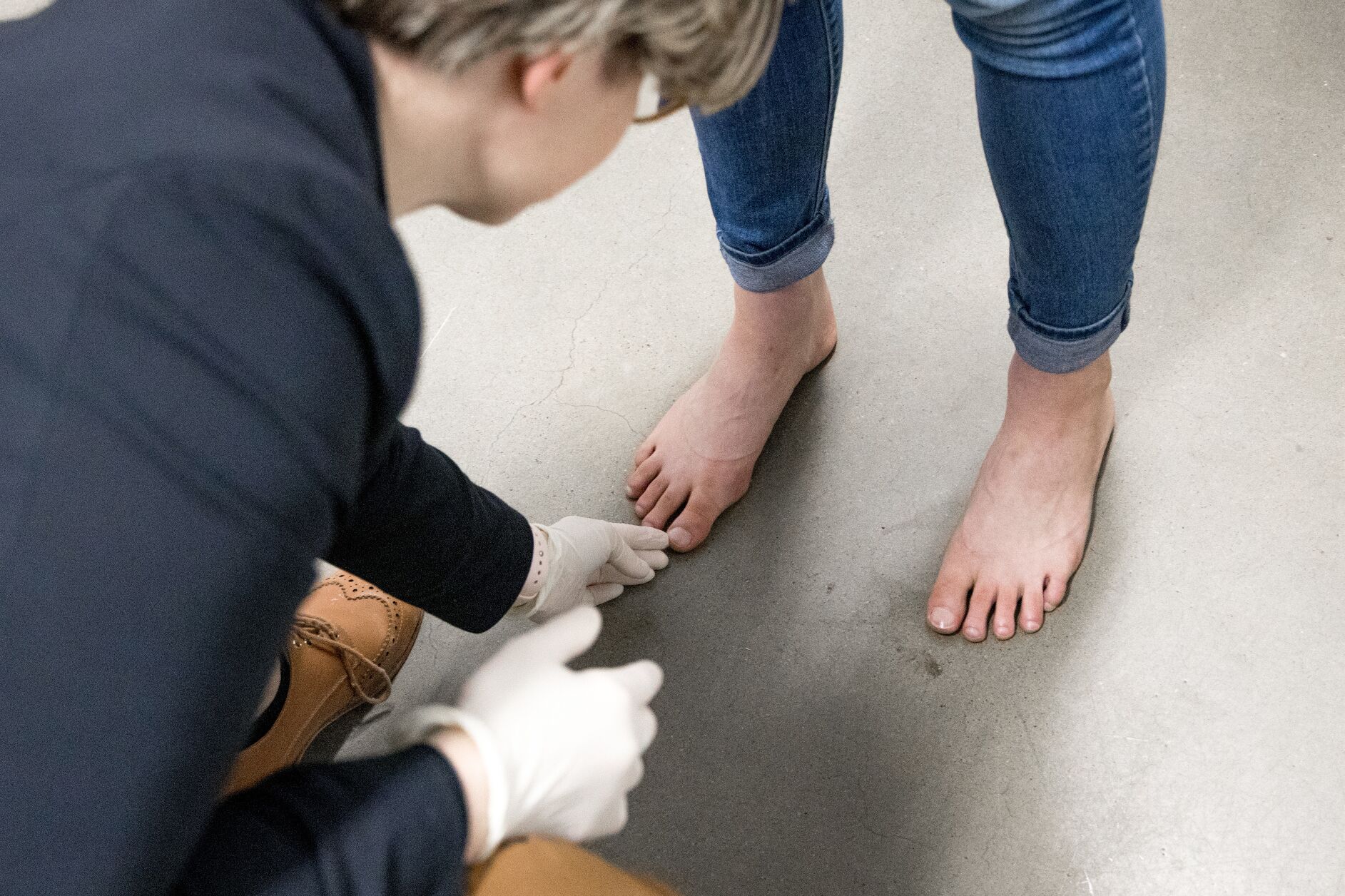
Treatment Options

Rigid Soled Shoe
A rigid soled shoe is used to reduce flex through the fracture site and reduce patients activity levels.
The shoe acts as a reminder to the wearer that they’re injured and to not overuse their foot.
The shoes are stocked at Orthotics Plus and fitted on the day.
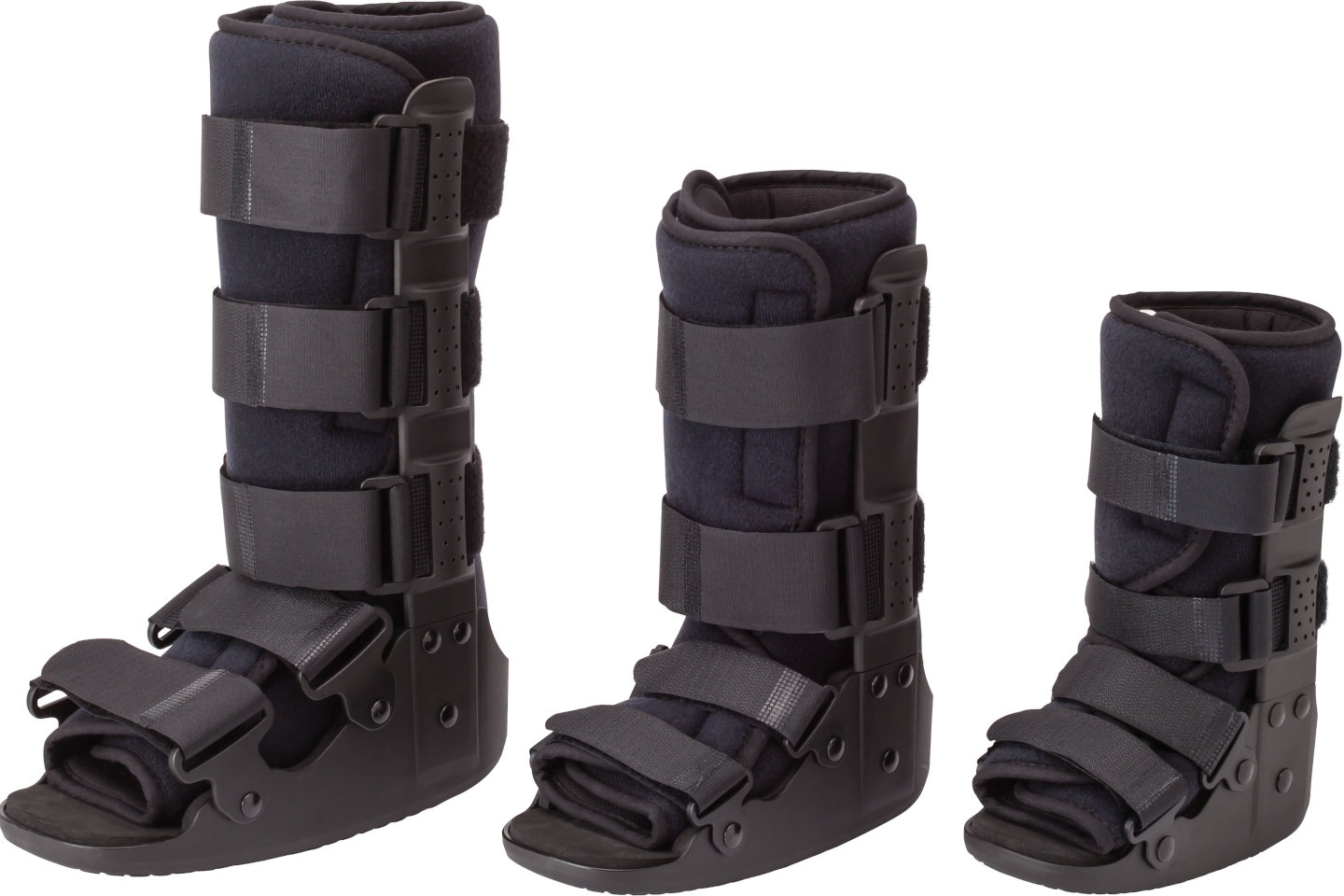
Moon Boot / CAM Walker
For injuries of the great toe, a CAM walker may be used if the fracture is moderate to severe.
Moon boots extend above the ankle, offering walking support and protection of the fracture site.
They are more cumbersome than a shoe, but might be the most appropriate treatment for some fractures..
The boots are stocked at Orthotics Plus and fitted on the day.
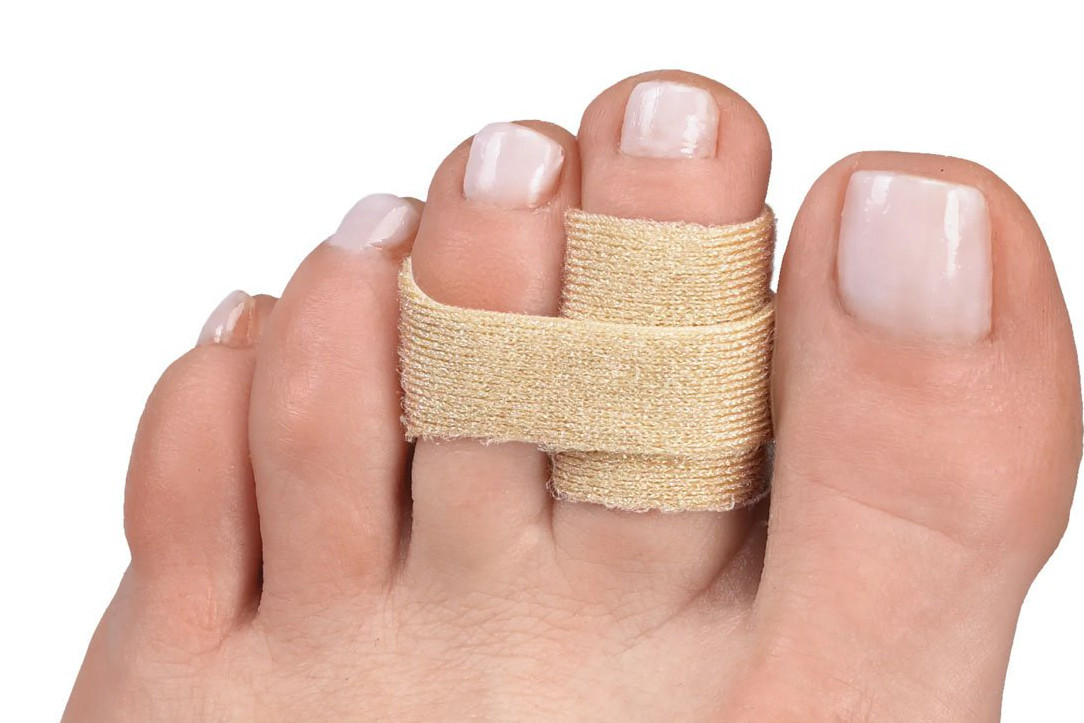
Buddy Taping
For stable fractures that don’t affect the big toe or interfere with the joint or growth plates, we may consider buddy taping.
For example, if it’s a fourth toe fracture, it could be taped to the third toe to improve stability and comfort.
It may be appropriate to use buddy taping in combination with other treatments.
Rehabilitation Timeframes for Toe Injuries
At Orthotics Plus, we typically see patients with toe fractures only once, where we provide acute fracture management, education and information for the rehabilitation process.
Once the patient is fitted with an appropriate Orthosis (shoe or boot), we can then discuss with the patient how and when they can progress out of the shoe and return to their normal activities.
Depending on the symptoms, it’s generally suggested that a patient with a toe fracture wears a rigid soled shoe or moon boot for approximately 3 weeks before transitioning into roomy, supportive and enclosed footwear, such as runners.
Most patients return to activities of normal living after 6 weeks. Timing will vary depending on the degree of injury and individual.
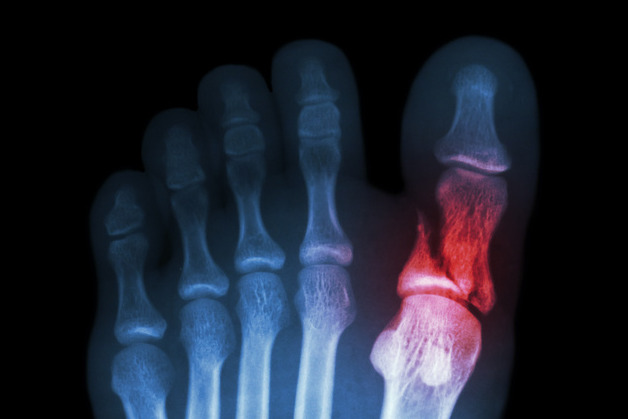
Risks of Untreated Toe Fractures
An appropriate diagnosis from a medical professional should always be the first step to treating a toe fracture. The injured toe may be only sore and bruised and not fractured at all. If it is fractured, there are risks to leaving it untreated.
- If there’s a displacement or angular deformity, the toe could permanently heal in that position
- If the toe is not displaced or deformed but however untreated, there is a mild risk of non-union occurring
For any type of toe fracture, it’s best to have it examined and appropriately immobilised for a period of time to maximise the likelihood of successful rehabilitation.
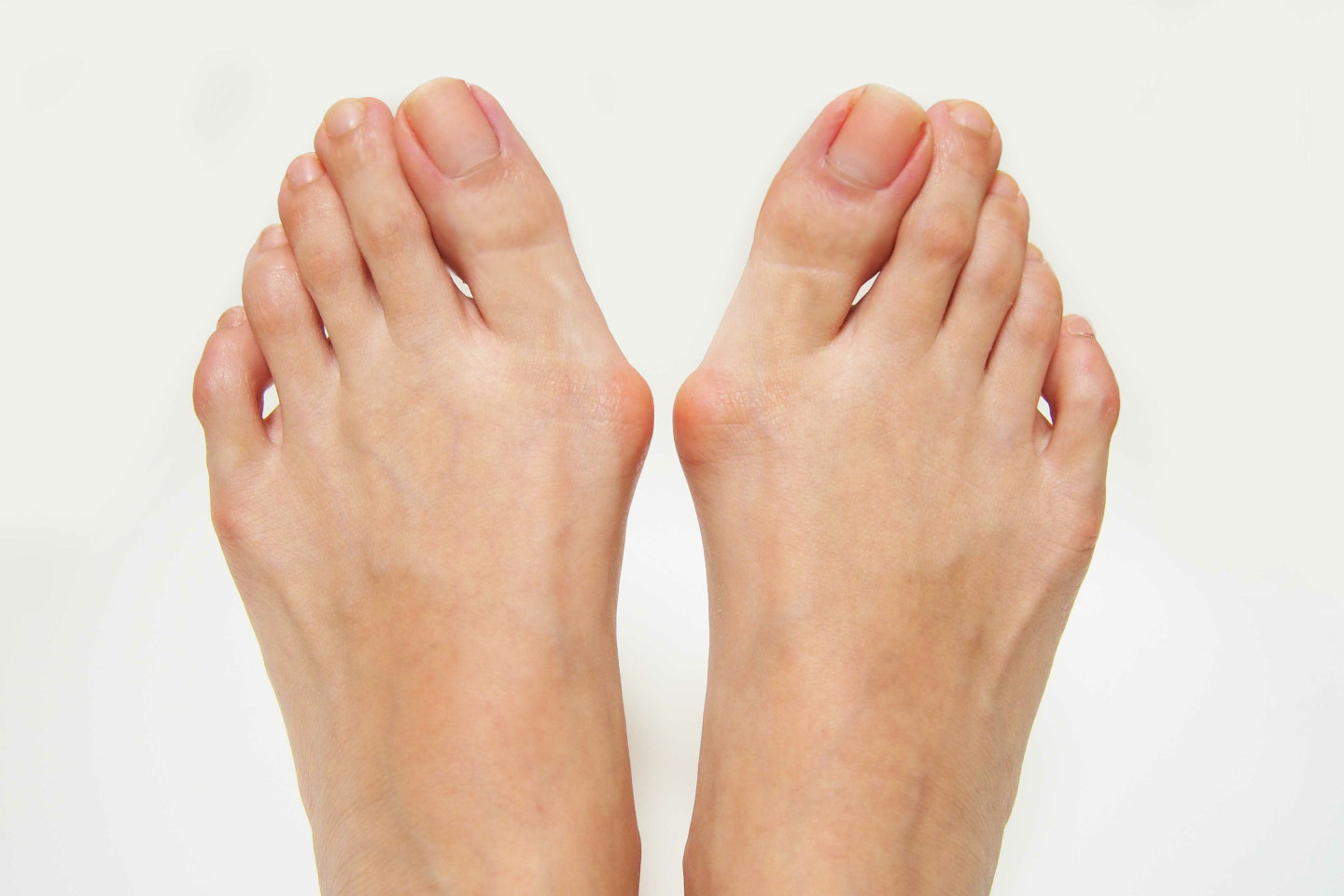
Why Choose Orthotics Plus?
Orthotics Plus was established in 2012 and has gained extensive experience in fracture management from this time.
The ideal outcome is that patients are able to heal from their toe fracture whilst in as little pain as possible.
We provide detailed advice on treatment options, pain education and information regarding their rehabilitation process and return to everyday life.
We have multiple clinics throughout Melbourne and treat each patient with professionalism and care, please use our clinic locations page to get started.
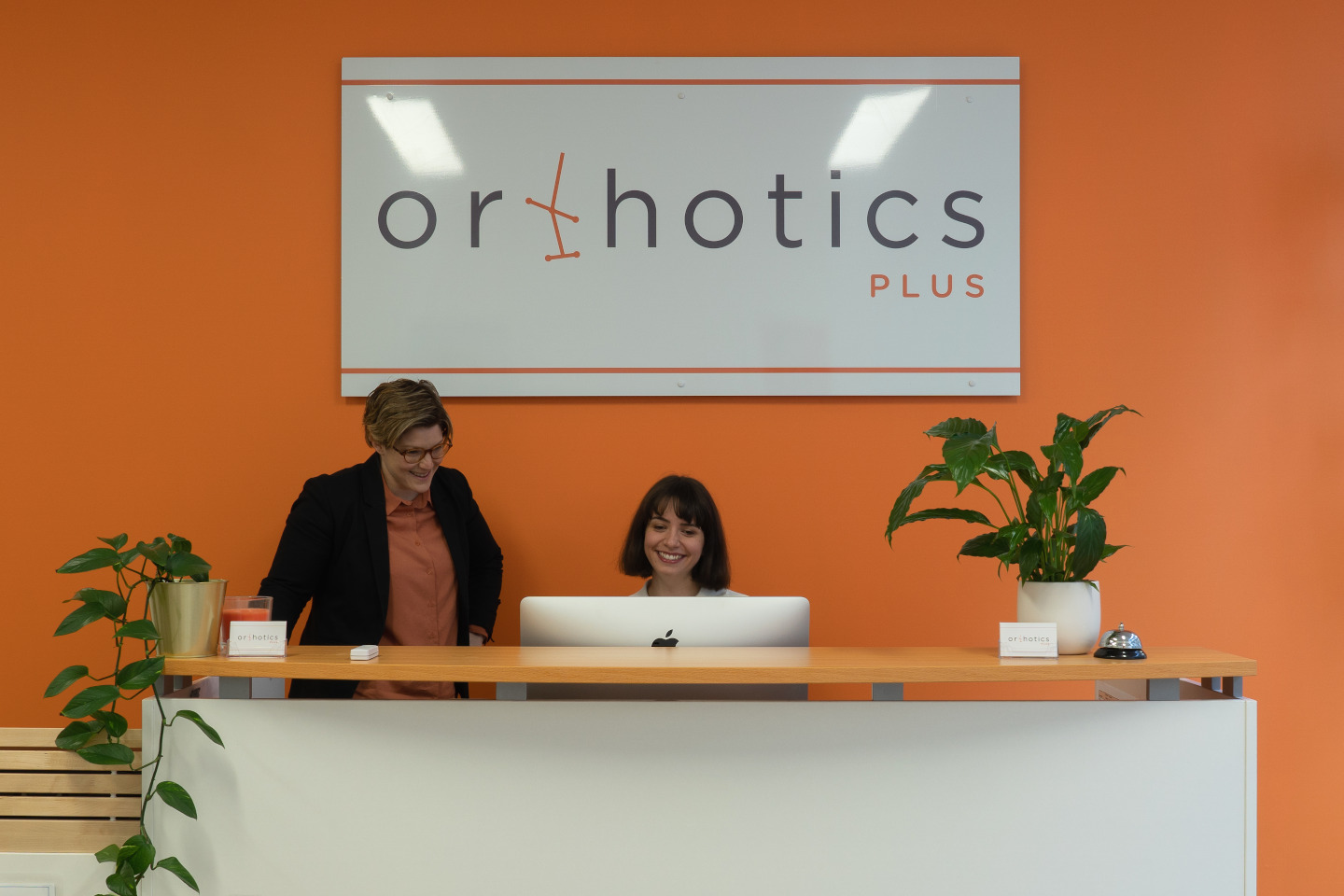
FAQ
Once a patient has been referred to us with a fracture from a hospital, GP or another medical professional, this indicates the patient is appropriate for conservative management.
If we’re suspicious that we cannot provide the ideal clinical treatment, then we would refer them to an orthopedic surgeon.
Very few patients with toe fractures end up requiring surgery. It will depend on the degree and placement of the injury.
If multiple toes between toe 2 and toe 5 are fractured, we’d likely treat them with a rigid soled shoe. If the fracture involves the great toe and others, then we might consider a moon boot.
It may also take a little bit longer to transition out of the shoe due to potentially increased pain levels.
The most common way someone fractures a toe is by stubbing it (i.e., hitting a foot against a couch, chair leg, etc).
Fractures also commonly occur when something is dropped on the toe, such as a dumbbell while exercising at the gym.
No.
Stress fractures typically occur across the long bones in the foot (metatarsals) in the forefoot region. The metatarsals are connected to the toes by a joint, but the toe itself is very rarely affected by a stress fracture.